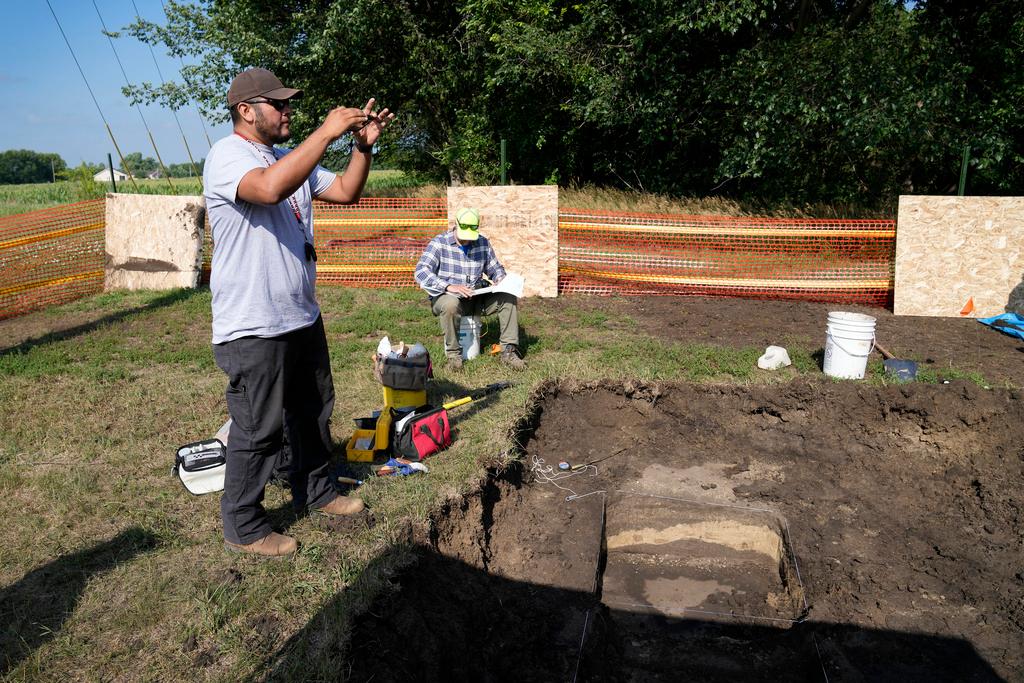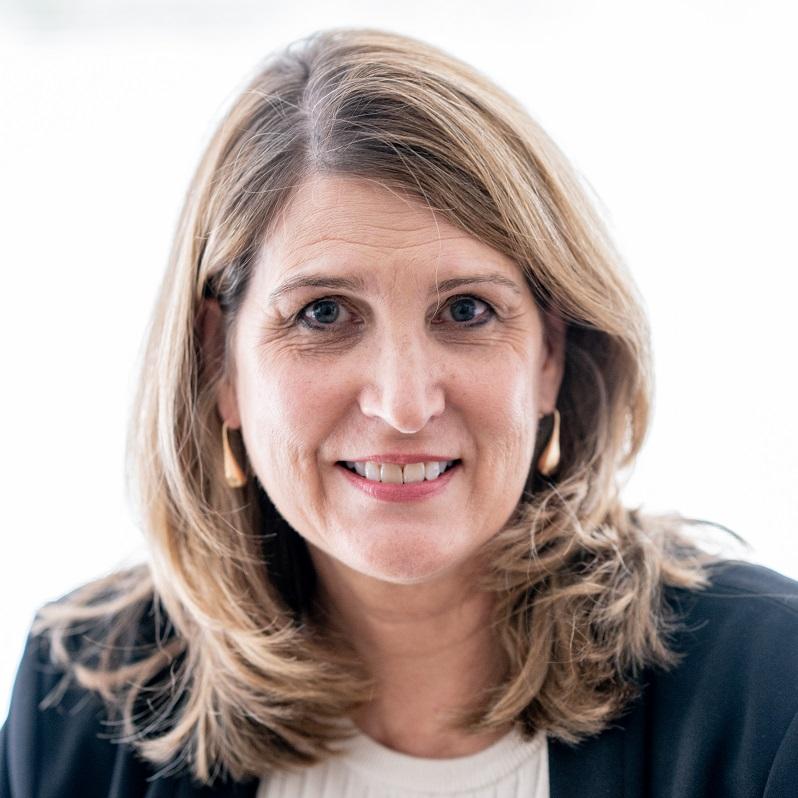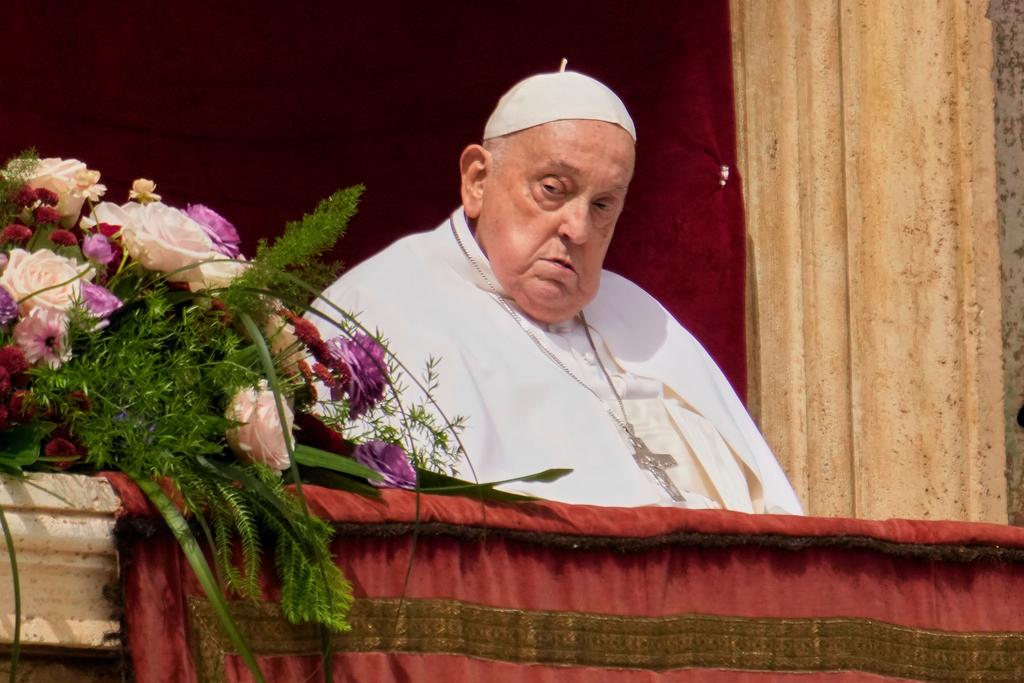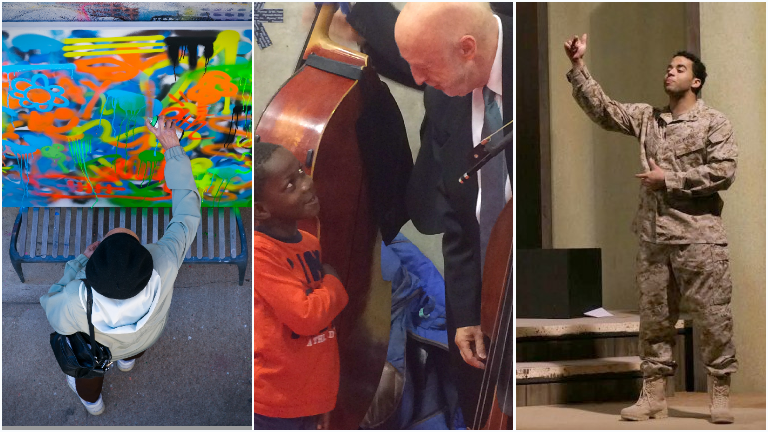

Have you seen the four letters "SCFD" pop up around the Denver metro lately? They stand for the Scientific and Cultural Facilities District. It’s a cultural fund that comes from a 0.1 percent sales and use tax in seven counties: Adams, Arapahoe, Boulder, Broomfield, Denver, Douglas and Jefferson.
Why It's A Big Year For SCFD
Voters in this district will decide whether to reauthorize the tax in November.
Key Background
- How Millions Of SCFD Dollars Get Divided Up
- Find Out What A Polar Bear Has To Do With The Denver Metro's SCFD
- SCFD's Board OKs A Contentious New Funding Formula
- Why There's A Tug Of War Over The SCFD Formula
- More CPR News SCFD Coverage
By The Numbers
One penny per $10 -- The cost of a sales tax that goes to SCFD
More than $910 million -- The total amount SCFD has divvied up to a few hundred organizations
$54.3 million -- The amount of SCFD funds distributed in 2015
272 -- The number of organizations that split this funding last year
More than $2.5 million -- The amount raised by the campaign behind SCFD renewal
4B -- What this initiative is called on the November ballot
Cultural Tax Is Nearly 30 Years Old
Voters first passed SCFD in 1988. Since then, they’ve approved two extensions of this cultural tax by wide margins -- in 1994 and 2004.
The tax revenue helps to support nonprofit organizations and municipal agencies. We’re talking small to medium to large groups. They’re all divided into three tiers largely based on budgets. The bigger the group is, the more funding it can get.
The five largest organizations are on top. That includes the Denver Museum of Nature and Science, the Denver Zoo, the Denver Art Museum, the Denver Botanic Gardens and the Denver Center for the Performing Arts.
The second tier has 28 mid-sized organizations, like the Colorado Symphony, the Butterfly Pavilion, and the City of Lakewood’s Heritage, Culture and Arts Division.
The rest -- about 240 -- make up the third tier. These are small organizations, like theater groups and choirs.
Each organization that qualifies for eligibility must go through an application process to get SCFD funding. How the district divvies up dollars has been a point of contention.
What Happens If Voters Say ‘Yes’?
This November, voters will decide whether to extend the cultural tax through 2030. This year’s measure also aims to amend a few aspects.
One change would affect how much money goes to each of the three tiers. Here’s the current tax breakdown:
- All revenue up to $38 million: Tier 1 gets 65.5 percent; Tier 2 gets 21 percent; Tier 3 gets 13.5 percent
- Any additional revenue over $38 million: Tier 1 gets 64 percent; Tier 2 gets 22 percent; Tier 3 gets 14 percent
If approved, the new shares would funnel a bit more money to small and mid-sized groups starting in 2018:
- All revenue up to $38 million: Tier 1 gets 64 percent; Tier 2 gets 22 percent; Tier 3 gets 14 percent
- Any additional revenue over $38 million: Tier 1 gets 57 percent; Tier 2 gets 26 percent; Tier 3 gets 17 percent
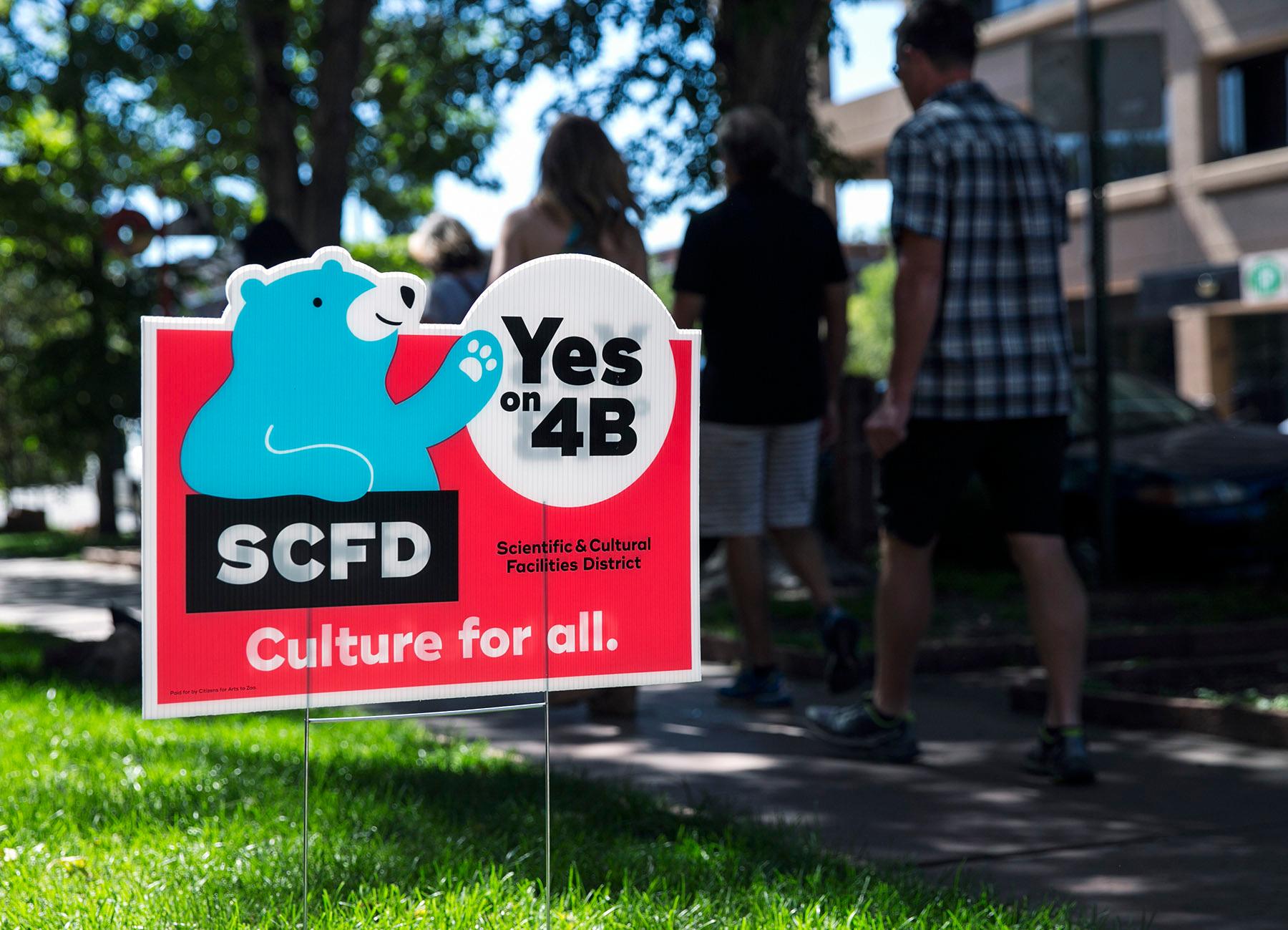
Some arts leaders have pushed for even more money for the third tier -- which has the greatest number of organizations and the smallest pot of funds to share. This spring the SCFD board responded by creating special grants for groups that target underserved communities. That would start in 2018.
Earlier this year, state lawmakers approved a couple of other statutory changes to SCFD. These include the amount set aside for the administrative budget, which has gone from .75 percent to 1.5 percent of the total revenue.
And another tweak requires new applicants for the second tier to be established for seven years before seeking funding. Right now that’s set at five years. And new applicants for the third tier would need five years of operation instead of three.
What Happens If Voters Say ‘No’?
The Denver area’s Scientific and Cultural Facilities District expires in 2018. That means if voters choose not to renew the sales tax, we could see it on the ballot again next year.
“If it should fail a second time, then we would do a wind down of the funds and the distributions and we would have to have that completed by July 1, 2018,” SCFD executive director Peg Long says. “It’ll be extremely disappointing and probably devastating to a lot of organizations.”
Here’s the amount of SCFD funding that three organizations received in 2015 compared to their annual budgets:
Denver Art Museum (Tier 1):
More than $7.3 million in SCFD funding
$27.1 million budget
Colorado Chautauqua Association in Boulder (Tier 2):
Nearly $642,000 in SCFD funding
More than $5 million budget
Platte Valley Players in Brighton (Tier 3):
$16,000 received in SCFD funding
$40,000 budget
The SCFD model has inspired other communities that want to create cultural funds of their own too. That includes arts advocates in Northern Colorado, who pushed for something similar. And now voters in Larimer County will decide on their own cultural tax in November.
So there are millions of dollars in annual arts funding at stake in Colorado this fall. We’ll be following the Scientific and Cultural Facilities District closely during the 2016 election.
Editor’s note: We originally reported incorrectly how the new formula would split funds among the three tiers of SCFD groups. The funding formula is now explained correctly.



